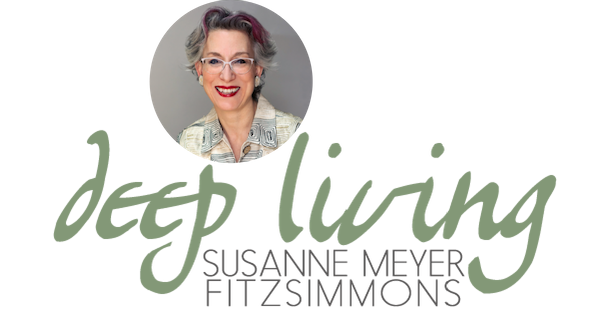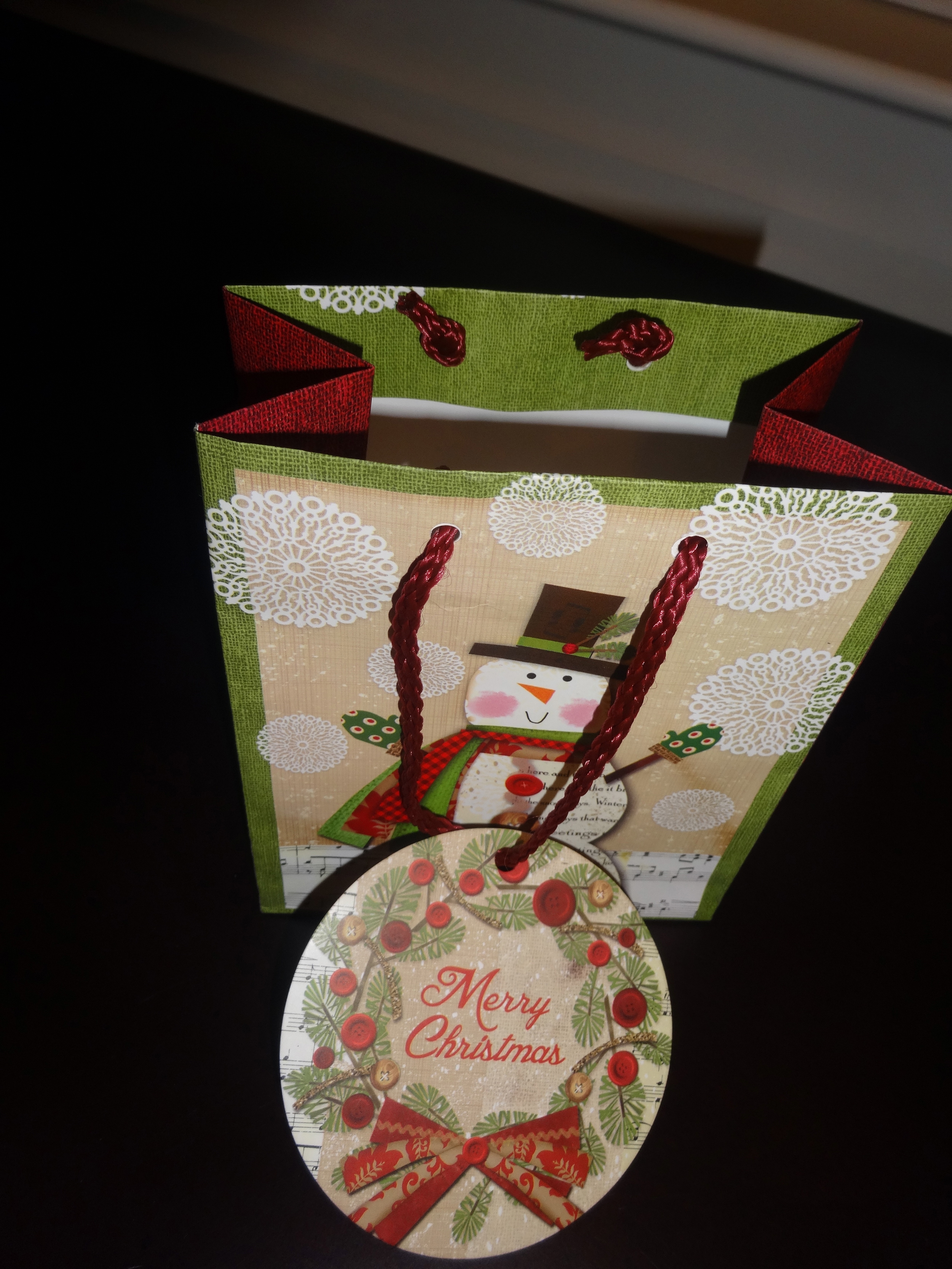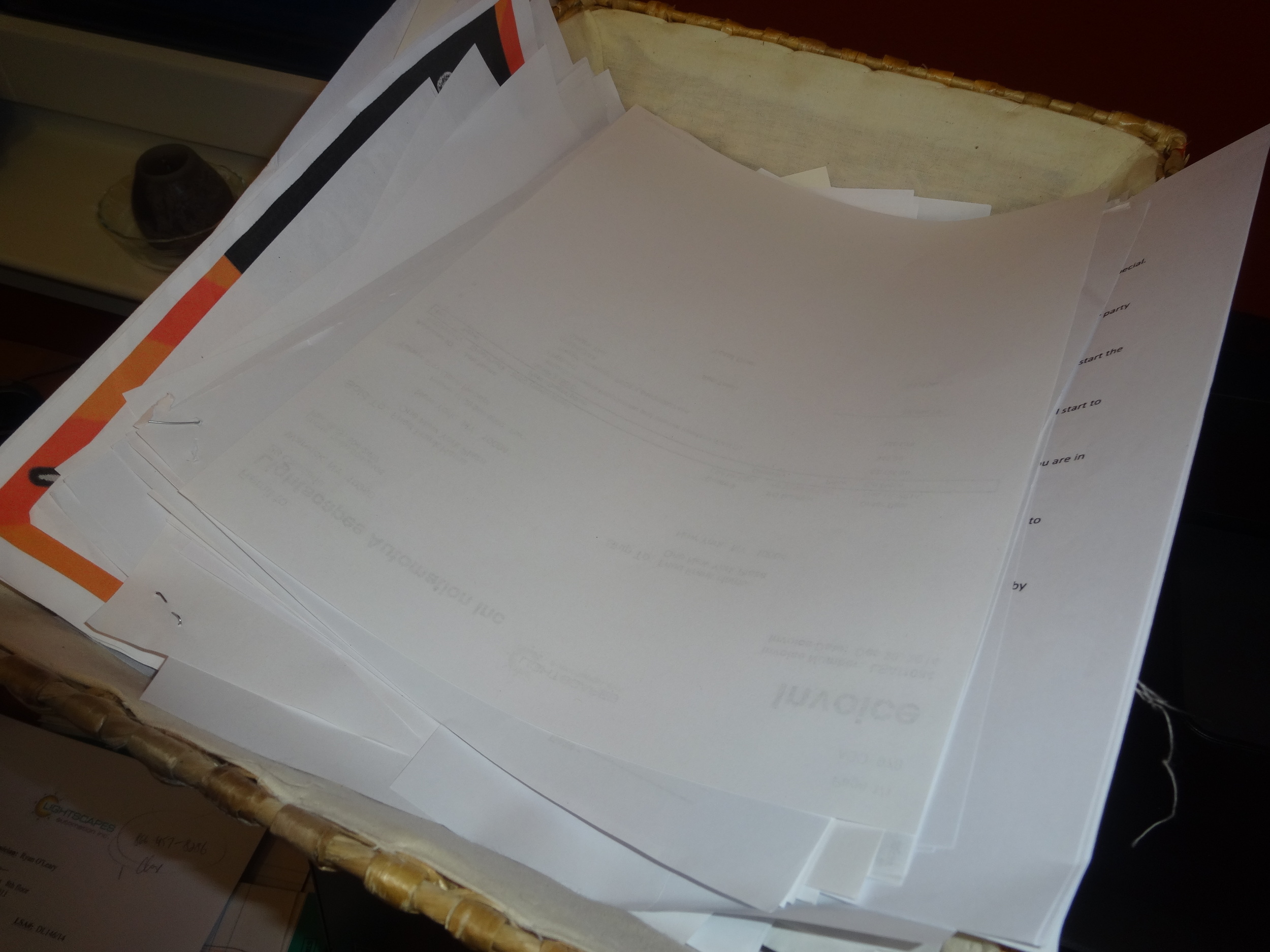 "We do not see things the way they are, we see things the way we are." It's a quote of potentially old and unknown origin, but has most often been attributed to the writer Anaïs Nin. What is it supposed to mean?
"We do not see things the way they are, we see things the way we are." It's a quote of potentially old and unknown origin, but has most often been attributed to the writer Anaïs Nin. What is it supposed to mean?
 When we were young we all had those fears of dark basements, creatures lingering under our beds at night, or perhaps were afraid to bring the trash out after dark. We saw the world from our imaginary kid perspective, full of unknowns, of lurking dangers, of mystical creatures. When we became older those fears dissolved as a result of new knowledge, and we began to see the world from a different and new perspective, a more rational adult perspective.
When we were young we all had those fears of dark basements, creatures lingering under our beds at night, or perhaps were afraid to bring the trash out after dark. We saw the world from our imaginary kid perspective, full of unknowns, of lurking dangers, of mystical creatures. When we became older those fears dissolved as a result of new knowledge, and we began to see the world from a different and new perspective, a more rational adult perspective.
 Neither perspective is more real or less real, each is just one of many ways to see and experience the world. Imagine how a cat or a bee might experience this same exact world we all live in. An Australian aborigine sees and experiences the world from his particular traditions and symbiotic connection with nature. It's as if the world wrapped itself around our particular beliefs and perspectives, and mirrored back to us what we put out and who we are. You've probably heard something like "money begets money," or "the more love you give, the more love you get." You see and get more of what you keep putting out.
Neither perspective is more real or less real, each is just one of many ways to see and experience the world. Imagine how a cat or a bee might experience this same exact world we all live in. An Australian aborigine sees and experiences the world from his particular traditions and symbiotic connection with nature. It's as if the world wrapped itself around our particular beliefs and perspectives, and mirrored back to us what we put out and who we are. You've probably heard something like "money begets money," or "the more love you give, the more love you get." You see and get more of what you keep putting out.
 When you believe in the beauty of the world and the beauty of people your world will be beautiful. If you believe in abundance you will have plentiful. You see things the way you are. Take a look around and notice what you see.
When you believe in the beauty of the world and the beauty of people your world will be beautiful. If you believe in abundance you will have plentiful. You see things the way you are. Take a look around and notice what you see.









